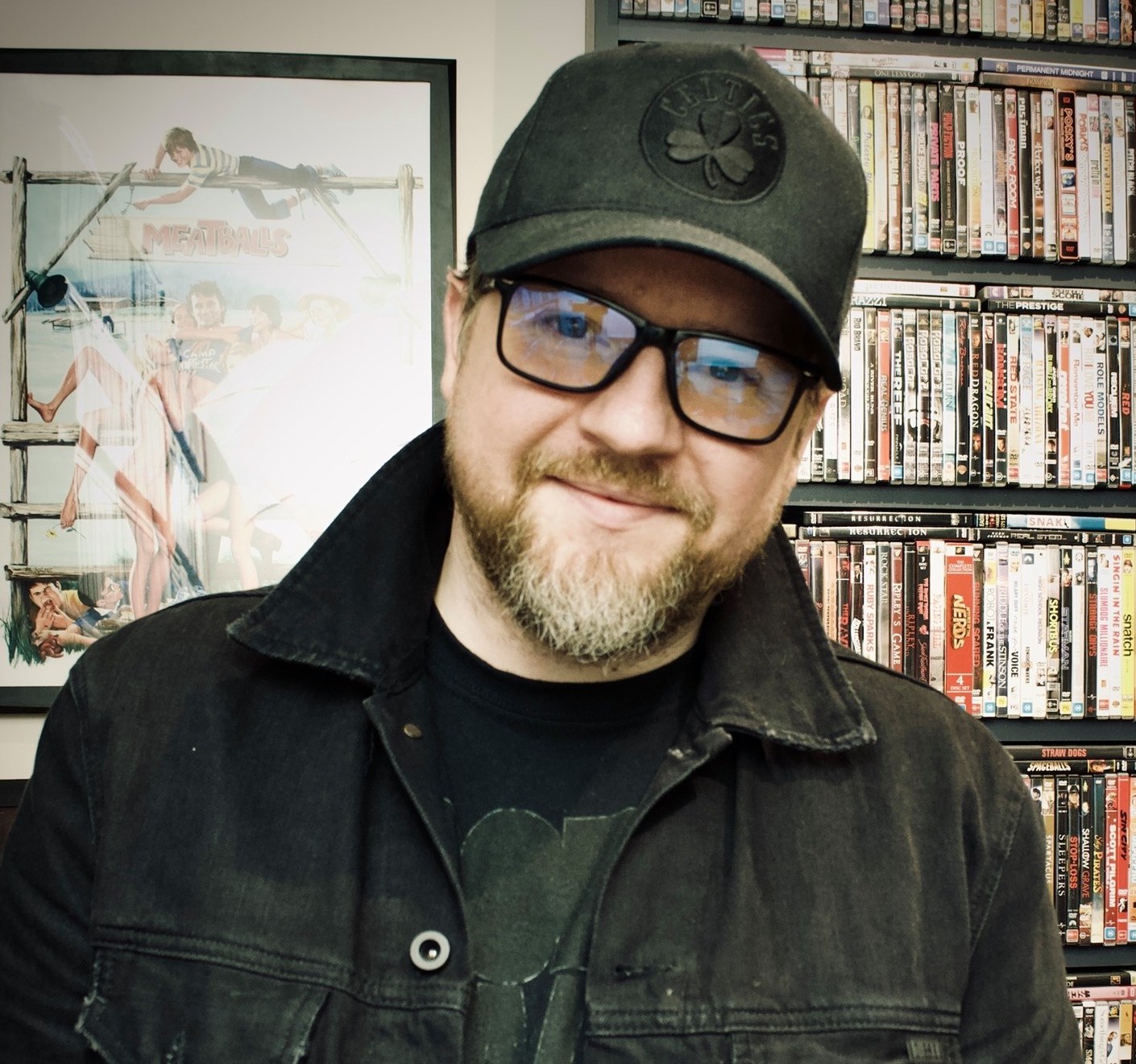
The long periods of time between Terrance Malick’s first three films (Badlands, Days of Heaven, The Thin Red Line), factored with the strength of their artistry, earned him a sense of esteem and prestige amongst critics and moviegoers alike. Those particular films solidified his rank amongst the great auteurs. He has since become all the more prolific with little time wasted between subsequent projects.
His films are provocative and divisive, and his hallmark is a resplendent observation of the human condition. He captures moments in time and finds his characters at midpoints in their lives, and with a camera that practically dances amongst them he presents stories in a bubble-like state, with vulnerability and a looming sense of fragility.
His style is unmistakable and most savvy cinemagoers could identify his work at any given point. It is an impression that we expect when met with a new Malick film, and his latest ““ A Hidden Life ““ arrives with a running time of 174 minutes and the promise of being structured and less experimental than his previous exploits (so says Malick himself).
Spanning the late 1930s and early 1940s, A Hidden Life tells the true story of Franz Jägerstätter, an Austrian farmer who refused to pledge allegiance to Adolf Hitler and was subsequently arrested and imprisoned for treason. The story is simple enough and, true to form, Malick spends his time observing the characters and their environment. Set mostly in a small village nestled amongst the mountains of Austria, Franz, his wife and their three daughters spend their days harvesting vegetables and bailing hay with their community. Franz maintains his peaceful existence, far from the rising war, but having previously trained in the military prior to France’s surrender, he is eventually called back into action. His personal opposition to the Nazi regime is strong, however, and he refuses to pledge allegiance to Hitler.

A Hidden Life is compartmentally good and there are elements which, when isolated, work profoundly. The mountainous locations are majestic, the rural Austrian lifestyle is captured beautifully and the Berlin sequences are depicted authentically. The characters and relationships are explored with great intimacy and depth, while the overall story itself is compelling and somewhat socially topical.
All of those strengths ought to compile a magnificent film, but consequently become tempered by a wish-wash of over indulgence, auteurism and a pinch of pretentiousness. It wouldn’t be a Terrence Malick film without arduously long shots, extreme close ups outcropping faces, jarring jump-cuts landing mid-way through dialogue, assertive music, and so many shots of sun-rays glaring through foliage. Such traits may signify a master craftsman to most, but ultimately hinder the impact of the story at hand as far as I’m concerned.
The performances are, indeed, good and August Diehl is particularly excellent as Franz. His is a striking on-screen presence that has successfully bandied between European and American cinema over the past 20 years. Some may recall his face from films like Salt or Inglorious Basterds, while I am taken back to the forgotten horror film Anatomy 2. His portrayal of Franz Jägerstätter is perfectly measured, boasting an equal amount of earnestness and principled audacity. Valerie Pachner is wonderful as his wife, Franziska, whose own perspective is as powerful and devastating as his. Her depiction of a loving, devoted and complicit wife and mother is incredibly eloquent and moving, and her moments of ostracism and isolation make up some of the film’s most integral moments. Notable additions to the cast are the late Bruno Ganz and Michael Nyqvist whose roles are all too brief, but touching given the context of this being their final appearances.

The socio-political relevance of the film is particularly interesting to me, and I was fascinated to observe reactions to Franz’s story. With the separation of time and the full understanding of Nazism, it’s easy to react to his defiance as valiant and unequivocally right, and yet within the context of the story itself, it must be understood differently. To those around him he was very much a traitor, and Hitler’s rule was one of great respect to many at the time. We react to Franz’s plight with hindsight because historically speaking he represented what we all wish to be, and yet we mustn’t condemn those neighbours and friends who turned against him. Their story has a perspective that few modern audiences consider, and theirs is a story unlikely to ever be told. If you lived under Nazi rule at that moment in time, choosing not to be a Nazi had fatal consequences. It was the literal choice between life and death, and who can blame people for wanting to live?
My frustrations with A Hidden Life may be perceived as cynical or (ironically) pretentious, and they are indeed residual of my ever-growing fatigue with Malick’s work. He has such a powerful story to tell here and yet insists on overemphasising the nuances of humanity and projecting an aura of pomposity. A Hidden Life could have been a masterpiece at half the running time and with less stylistic grandstanding. As matter of fact, Malick’s work diverts my attention to an independent filmmaker by the name of Shane Ryan (My Name is ‘A’ by Anonymous), whose films are made for almost no money at all and employ similar techniques. His films maintain concise running-times and land with far more emotional impact that anything Malick has delivered in the last 20-years.
They say that sometimes less is more and Terrence Malick’s A Hidden Life needs to be less– Malick. But then again, once an auteur, always and auteur, and I doubt he would know how (or ever prefer) to make films any other way. In that regard the onus is on us. Damn.
SCREEN REALM SCORE: ★★☆☆☆
‘A Hidden Life’ is in Australian cinemas from January 30.










